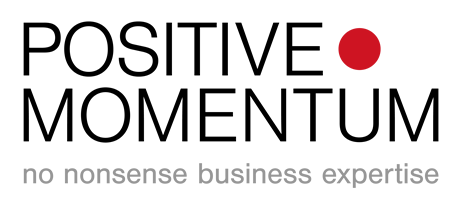The bots are taking over. We should brace ourselves for a future where robots do all the hard work leaving us either redundant and poor or working less and benefitting from an improved quality in life, depending on whether you take a negative or positive view on wealth distribution in the new world. So, for those of us who don’t know how to build bots, how can we ensure we still have a valuable contribution to make once all the dull stuff has been automated?
Of course, it’s not all bad. In most industries, it is blindingly apparent how many tasks will be vastly improved by being automated. In financial services, account opening, ID verification, basic banking transactions and even a large part of credit evaluation automation will all benefit both the client and the bank. It will also help save the sanity of thousands of bank staff who have suffered endless inefficiencies in their day to day for many years. Leveraging banking data across all of a clients’ accounts under the new Open Data and PSD2 regulations, will also enable useful alerting of clients on future financial needs and opportunities. And these are just the most obvious areas. Assuming in tomorrow’s world, all tasks that can be, are automated, when does a human remain necessary and valued?
Having spent the lion’s share of my career in the relationship management of corporate and commercial relationships, it remains clear to me that there will always be a very clear case for relationships human to human in this sector. This for two key reasons;
· Businesses are run by human beings not robots. They are driven by wants and desires that are not always understood by a machine. I recall numerous, lengthy discussions with clients around possible funding structures, each with pros and cons for the business and its shareholders. The client wanted to discuss these with someone who they knew, who knew the business and its drivers and whose opinion they respected. I appreciate algorithms are getting good but if my daily Spotify feed is anything to go by, they still don’t get me and it would take more than some clever science to do so!
· It’s not always about the data. Bankers are often lambasted for not being there when the business needs them. At the risk of starting a lengthy debate around this topic, I must point to the number of times a relationship banker will make a call to extend a credit line or pay salaries despite the data saying they shouldn’t. They will do this based on their in-depth knowledge of their client and their belief that she will repay them. In a world where all decisions are made by algorithms, I fear for the place for trust that is necessary in a true banking relationship.
Of course, this does all point to the fact that a true relationship is necessary. A relationship where both parties understand each other’s aspirations and challenges and where the Relationship Manager is fully aware of and supportive of the future direction of the business. This is not the matter of one sit down face to face meeting or (God forbid) an online questionnaire. A true relationship is built up over a period of time and involves a real investment on the part of the Relationship Manager and the client to both understand each other’s perspectives and add value to the relationship.
So, what are the steps for building valuable banking relationships into the future?
1. Embrace the technology. This doesn’t mean tolerate it. It means proactively seek to understand it, understand the benefits to their client and be able to promote its use to her/him. Knowing what is coming down the tech line enables a relationship manager to look connected within their organisation and to represent the bank as forward thinking and a rightful partner to forward looking businesses. In your next client meeting, articulate your bank/company’s top 3 tech initiatives and how they will meet your client’s specific needs in the coming 6-12 months.
2. Know (truly know) your client. Where the dull stuff is increasingly being done by machines (and if it’s not, you are in the wrong organisation), think hard about the value that you bring to the client. Your ability to differentiate yourself from other, non-relationship service offerings, will come down to the extent to which you really know your clients, can anticipate their needs and craft solutions to meet them. Be curious. Research the client and their industry obsessively and ask informed questions whenever you get the chance. The more you know, the higher the chances that you are developing a relationship which will differentiate you from an online/automated solution. Can you articulate the top objectives and challenges of each of your key accounts and the personal objectives of your contact(s) within the business? This is the information which you need to craft solutions which no robot will be able to.
3. Leverage your network. We all think we do this right? Yet how often do we proactively seek an off the wall solution for a client which they would not have found themselves? This could be introducing a contact with specific expertise they are seeking or a supplier who is particularly valued by another client. It could even be at a personal level. Getting your son to show their daughter round a university they are interested in. Have you ever pulled a few key accounts together to discuss a common issue they all seem to share? Don’t wait to be asked. Find out what they need help with and leverage that fabulous network of yours. Until further notice, a robot can’t do this.








